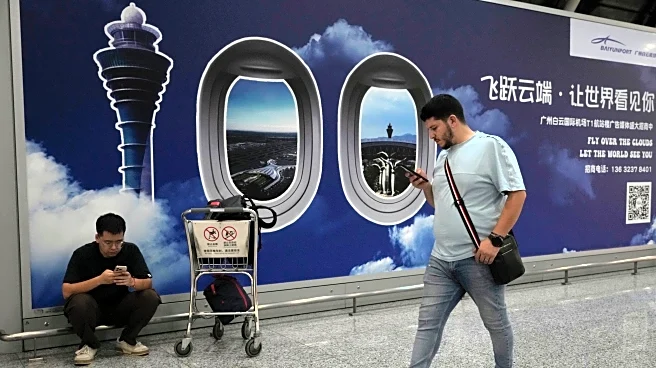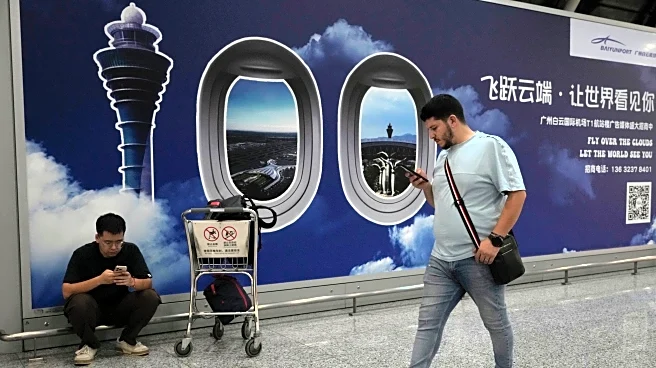What's Happening?
China has launched a new K-visa program aimed at attracting foreign professionals in science and technology fields. This initiative is part of China's broader strategy to compete with the United States
in the global talent market, especially as the U.S. has tightened its immigration policies under President Trump. The K-visa offers more flexible requirements compared to existing visa options, such as not needing a job offer before applying. This move comes as the U.S. has increased fees for the H-1B visa, leading some international students and professionals to consider opportunities outside the U.S. China is focusing on becoming a leader in advanced technologies, offering substantial government subsidies for research and development in areas like artificial intelligence and semiconductors.
Why It's Important?
The introduction of the K-visa by China represents a significant shift in the global competition for skilled workers, particularly in the tech industry. As the U.S. tightens its immigration policies, China is positioning itself as a more welcoming destination for foreign talent, which could impact the U.S.'s ability to attract and retain skilled professionals. This could lead to a redistribution of global tech talent, affecting innovation and economic growth in both countries. The move also highlights China's strategic focus on becoming a leader in advanced technologies, which could have long-term implications for global tech leadership and economic power dynamics.
What's Next?
China's new visa policy may prompt other countries to reassess their immigration strategies to remain competitive in attracting global talent. The U.S. might face increased pressure to reconsider its immigration policies to prevent losing skilled workers to other nations. Additionally, the success of China's K-visa program could influence other countries to adopt similar strategies to attract foreign professionals, potentially reshaping the global landscape of tech talent mobility.
Beyond the Headlines
The K-visa program could have cultural and social implications, as it may lead to increased diversity within China's tech industry. However, it also raises concerns about local job competition and the integration of foreign workers into Chinese society. The program's success will depend on China's ability to address these challenges and create an environment conducive to innovation and collaboration.













